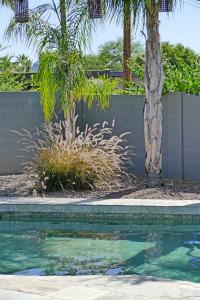Sale on canvas prints! Use code ABCXYZ at checkout for a special discount!

So you've noticed the HDR setting on your camera (and maybe even on your phone). And you are like, "what's that do?" Or you've used it and you're like, "Wow! What pretty bright colors." I'll try to explain without mumbo-jumbo what's going on, why it's sometimes good to use, and why it's not so good at times. And below is a great video link for a more in-depth discussion.
A camera by nature of its optics can only measure so many gradients of lightness to darkness. Black or no light to white or bright sunlight. Both are unwelcome extremes in that details are lost and obscured. These differences in exposure levels are measured in f-stops and most cameras can cover about 6-7. The human eye however can cover about 8-10 stops in a fixed position (meaning you are not scanning your surroundings). Let's think about that for a moment. Say you are looking at a backlit object. As you look toward the sun you squint and close down your irises. Details become harder to see in the object. However, as you focus more directly on the object itself your eyes adjust to allow more light in in order to see more and more detail of that object. It's been shown as you pan around a scene that your eye may over the course of a few seconds actually cover exposures up to 20 f-stops.
HDR attempts to expand an image's exposure range by taking multiple exposures (generally 3 images; over-exposed, under-exposed, and "standard" / "Best Attempt" ) and then blending these three images to allow maximum exposure range (and details) by selectively including the best part of each image. Great right? Well, not so fast.
HDR has actually been around for quite some time. Photographers for years have been "bracketing" exposures, even in film days, and then processing and printing the best parts. Digital cameras have made this even easier by having settings that shoot pre-defined bracketed images. Post production software allows the blending of these images manually by stacking them in layers. This process was always very carefully thought out and the nature of having to manually create these images required the photographer to always be in a position to judge whether the end result was artistic and yet still "believable". With the advent of HDR settings within the camera (and a built-in pseudo process in most software), things have kind of gotten on auto pilot.
To demonstrate the principles;
This first image is pretty standard on what a camera can capture...
This second image is what most HDRs will attempt to produce. As you can see, while it is "bright" and contains lots of detail, by its very nature, contrast is lost. And contrast is one of the key components to adding interest to your images!
In this last image, in post production, I simply added back in a bit of overall contrast to the image. It's detail is generally preserved but the "flat" or artificial look of the previous image has been minimized slightly. Again this is just a small change but again, depending on intent, more extreme adjustments can be made.
And that is the bottom line with HDR. It is a very good tool in high contrast situations (back lit, night time, or sundown for example). But even in those situations I have seen HDR applied to landscapes that your eye will never see in nature. And so the question becomes; do you want to be a documentarian or an artist? That is the question that at some point that confronts all photographers. And you can certainly be both. I would simply urge caution in application and at a minimum indicate HDR and post processing methods that materially change the content of your images. Artistic interpretation is great but there is something to be said for simply capturing the view as it can be experienced in nature as cleanly as possible.
HDR Explained